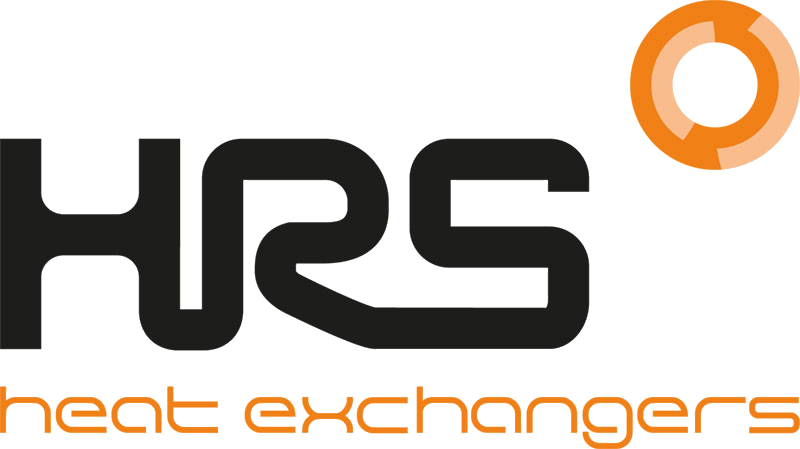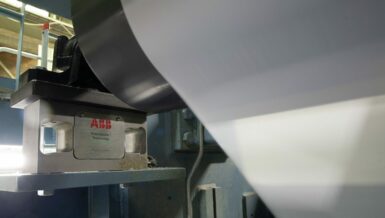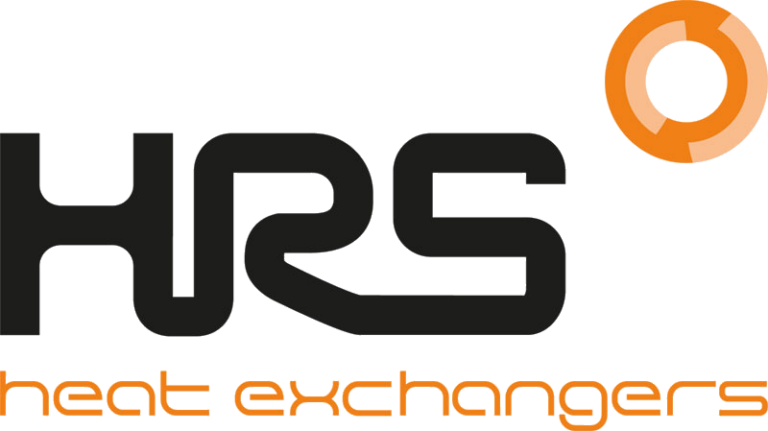Over the last couple of years, we have seen increased client interest in using MVR for evaporation. Given the turbulent rise and fall of energy markets since 2020 this is understandable, as the electrical energy employed in MVR is normally considerably cheaper than the thermal energy needed for traditional evaporation. However, there are a number of limiting factors and key considerations when using MVR – particularly for very thick and viscous products like digestate and sludges – which can add to the capital cost (and complexity) of an MVR-based evaporation solution. It is therefore very important that all these elements are considered from the outset, so that an accurate investment decision based on both capital (Capex) and operational (Opex) costs can be made.
MVR versus traditional evaporation
Traditional evaporation techniques use a high temperature service fluid (such as pressurised steam) to raise the temperature of the product above its boiling point so that water (and other volatile compounds) is driven off, leaving a more concentrated solution. The principal source of energy for this process is therefore the fuel used to heat the water (steam) in the boiler, such as gas or oil.
In MVR, the steam which comes off the product in the evaporator is channelled into a compressor which increases the pressure (and therefore the temperature). This steam, which is now above the boiling point of the product, is then used as the service fluid for the evaporator. As the compressor uses an electric motor, the process is driven by electricity rather than thermal energy. Because the compressor reuses/recycles evaporated steam, a lot of latent heat is recovered. This makes MVR one of the cheapest methods of evaporating water in terms of operational costs.
Limitations of MVR
However, because of the way MVR works, there are some inherent limitations in the process which traditional thermal evaporation does not suffer from. When evaporating at atmospheric pressure, depending on the type of compressor, the temperature rise provided by the compressor is typically between 8°C and 15°C. The relatively small temperature difference between the service fluid and the boiling point of the product (~100°C) means that heat transfer between the two is limited and you need a large surface area to achieve it. To put it simply, you need a large heat exchanger.
In contrast, boilers can deliver maximum steam pressure of up to 8 or 10 bar, meaning an effective temperature of 160°C or 180°C. Even if general operation is below these levels, the fact is that steam from a boiler will be considerable hotter than from a compressor. The greater temperature difference means that less transfer surface area is required, and you can utilise a much smaller heat exchanger.
Because of the thick nature and high fouling potential of many digestates and sludges, in most cases you need a relatively large surface area to achieve sufficient heat transfer. Because of the limitations off compressors in terms of service fluid temperature, the required heat exchangers and pumps can be exceptionally large indeed. Not only does this increase the capital cost significantly, but as you need larger pumps to push the product through the larger heat exchanger, you also require more energy for operation, so the operational cost benefits begin to reduce.
Specific issues with digestate and sludges
Digestate and sludges often contain suspended solids, which increase the viscosity of the product when evaporated, adding further to the challenges described above. Therefore, if you want to use MVR evaporation you will need to pre-treat the product to remove as many of these solids as possible, usually via filtration, in order to achieve the necessary rates of heat transfer in the heat exchanger. Again, adding this pre-treatment step adds significant capital costs and reduces potential energy savings during operation.
Digestate also typically contains between 2,000 ppm and 3,000 ppm of ammonia. Pre-treating the product with acid to reduce the pH can neutralise the ammonia, preventing it from evaporating and reducing the risk of damage to the compressor, but once again this need for acid dosing adds additional cost and operational complexity. You also need to consider the nature of the material and the necessary combination of chemical and physical pre-treatment.
As no two sludges are the same, at HRS we always test the material that any client will be working with in order to determine not only the best heat exchanger solution for the evaporation process, but also what pre-treatment may be necessary.

Conclusions
Evaporating digestate and sludges using MVR is certainly possible and HRS Heat Exchangers have supplied such systems where they are appropriate. However, our experience has shown that careful consideration, including the system modifications which may be required to ensure efficient and effective evaporation of the project, is essential in order to determine the most suitable and most economical technology for each project.
For example, do the high capital costs of an MVR-powered evaporation solution outweigh the reduced operational costs? For many digestate applications, traditional thermal based evaporation technologies remain the best economic choice, but every situation must be assessed on its own merits.
It is important that the nature of the product is thoroughly assessed and understood, and that all the necessary parts of a complete system are specified and included from the outset, so that an accurate investment decision based on all the necessary information can be made. Otherwise, you could end up with an expensive solution which does not perform as expected.

By Arnold Kleijn, European Sales Director, HRS Heat Exchangers.































